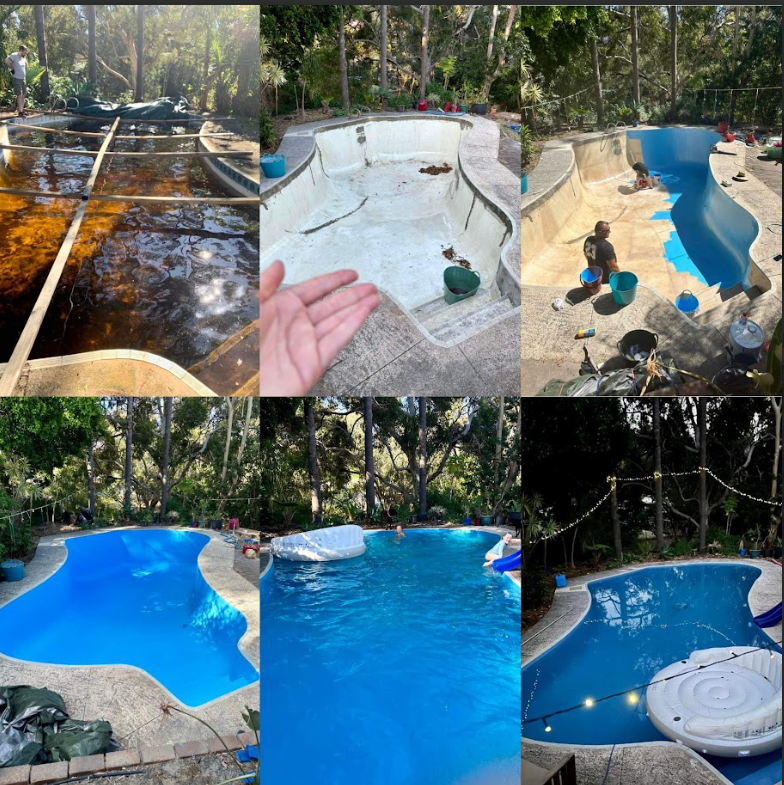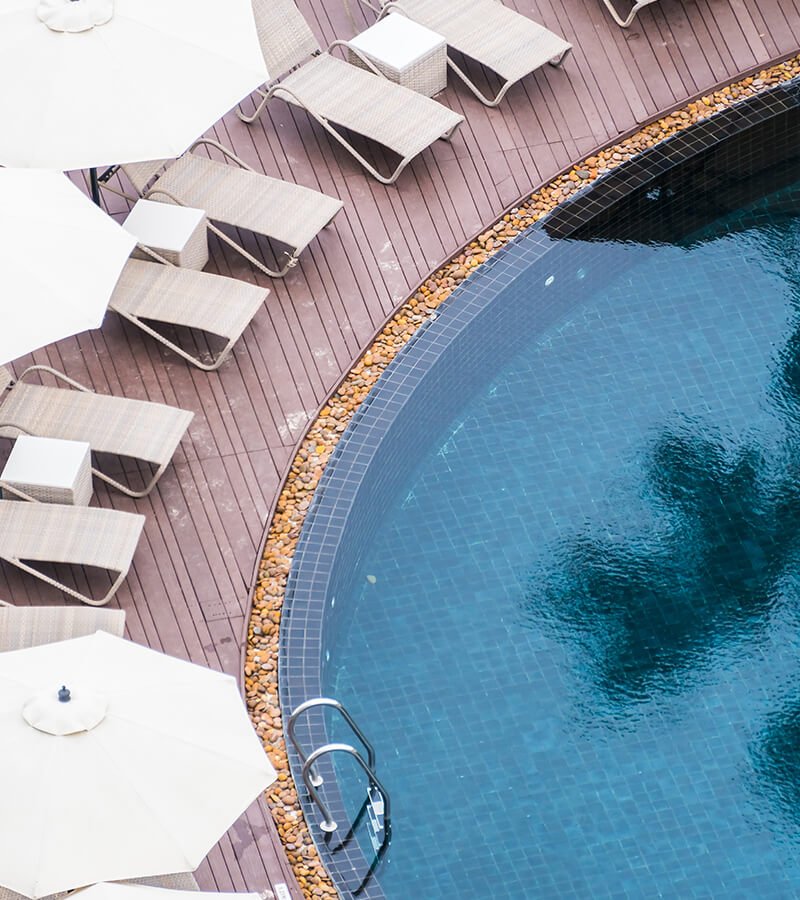As a proud Perth homeowner with a sparkling backyard pool, nothing beats the joy of diving into crystal-clear water on a sunny Australian afternoon. But over time, even the most well-loved pools start showing their age—fading colours, rough textures, or stubborn stains that no amount of scrubbing can fix. If you’re wondering, how often does a pool need to be resurfaced?, you’re not alone. Regular resurfacing isn’t just about aesthetics; it’s essential for safety, hygiene, and extending your pool’s lifespan.
In this guide, we’ll break down everything you need to know about pool resurfacing frequency, from average timelines to telltale signs it’s time for an upgrade. Whether you have a concrete, fibreglass, or pebble-finished pool, understanding the right schedule can save you from costly repairs down the line. And if you’re in Perth, local experts like All Star Pools Refurbishing can help transform your tired pool into a resort-worthy oasis.

What Is Pool Resurfacing, and Why Does It Matter?
Pool resurfacing involves stripping away the old, worn interior surface of your pool and applying a fresh layer—whether it’s plaster, pebble, tile, or a modern aggregate finish. This process smooths out imperfections, seals cracks, and restores that glossy, inviting look. Beyond beauty, resurfacing prevents water leaks, reduces algae growth, and protects the pool shell from further damage.
Neglecting resurfacing can lead to bigger issues, like structural cracks or bacterial hotspots, especially in Perth’s harsh UV rays and variable weather. Timely resurfacing keeps your family safe and your pool running efficiently, potentially adding years to its life.
How Often Should You Resurface Your Pool? Timelines by Surface Type
The big question: how often to resurface a pool? The answer depends heavily on your pool’s surface material, but here’s a handy breakdown based on industry standards:
- Plaster (Marcite) Finishes: These classic white coatings typically last 5-10 years before needing a refresh. They’re affordable but wear faster in high-use pools.
- Gunite or Concrete Pools: Expect resurfacing every 7-15 years. With proper care, gunite can push toward the higher end of that range.
- Pebble or Aggregate Finishes: More durable options like pebble Tec last 15-25 years, making them a smart long-term investment for busy Perth families.
- Quartz Finishes: These blend durability and sparkle, holding up for 10-15 years.
- Fibreglass Pools: Low-maintenance gems that often go 15-30 years between resurfacings—ideal for our coastal climate.
- Tile Finishes: The gold standard for longevity, lasting 20+ years with minimal upkeep.
On average, most pools require resurfacing every 8-10 years, though South Florida’s sunny conditions (similar to Perth’s) suggest 10-15 years for well-maintained setups. Always factor in your pool’s age and usage—frequent swimmers or kids’ parties can accelerate wear.
Key Factors That Affect Pool Resurfacing Frequency in Perth
Perth’s Mediterranean climate—intense sun, dry heat, and occasional storms—plays a role in how quickly your pool surface degrades. Here are the main influencers:
- Water Chemistry and Maintenance: Imbalanced pH or chlorine levels can etch away at plaster in as little as 3-7 years. Regular testing and cleaning are non-negotiable.
- Usage Levels: High-traffic pools (think family barbecues or lap swimming) need attention sooner than rarely used ones.
- Environmental Exposure: UV rays and salt air from the Indian Ocean can fade colours and cause cracking faster.
- Initial Quality: Premium finishes like Duraguard from All Star Pools Refurbishing offer enhanced UV resistance and durability, potentially extending your timeline.
By staying proactive, you can stretch those intervals and avoid emergency fixes.

Signs Your Pool Needs Resurfacing: Don’t Wait for These Red Flags
Wondering if it’s time? Watch for these common indicators that your pool is crying out for help:
- Visible Cracks or Rough Patches: Small fissures can worsen, leading to leaks.
- Stains and Discolouration: Persistent spots that bleach won’t budge signal surface breakdown.
- Spongy or Etched Feel: If the bottom feels gritty underfoot, it’s past due.
- Algae Buildup or Leaks: These point to compromised seals.
Catching these early prevents escalation—schedule an inspection if you spot any.
The Benefits of Professional Pool Resurfacing in Perth
Investing in resurfacing isn’t just maintenance; it’s an upgrade. A fresh surface improves water clarity, reduces chemical needs, and boosts property value. Plus, modern options like energy-efficient LED lights, precision jets, and hygienic Duraguard coatings (available from local pros) turn your pool into a low-maintenance paradise.
In Perth, where outdoor living is king, a resurfaced pool means more splashy summers and fewer headaches.
Ready to Refresh Your Pool? Contact All Star Pools Refurbishing Today
So, how often does a pool need to be resurfaced? It boils down to 5-30 years depending on type and care, but the real key is listening to your pool’s signals. Don’t let a dated surface cramp your style—revitalise it with expert help.
As Perth’s trusted family-owned pool refurbishers since 2005, All Star Pools Refurbishing specialises in concrete and fibreglass resurfacing, leak repairs, and custom upgrades. Our certified team delivers fast, clean results with a focus on quality and customer satisfaction. Book a free assessment today at allstarpoolsrefurbishing.com.au or call us to make your pool shine like new. Your backyard oasis awaits!
